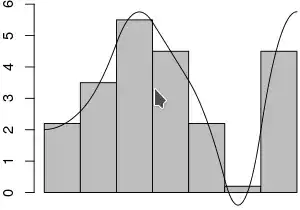The strict exogeneity are different in using OLS and Difference-in-Differences (DiD) as pointed here.
From a recently published paper of Miller, 2021, in the Reviewing DID Assumption part (sorry I did not see the page number in my printed version), I saw that his second key assumption is "strict exogeneity".
How he test is:
This assumption can be tested by including leading (i.e., later) measures (t+1, 2, 3) of the intervention, with non-zero coeffcients indicating an assumption violation. Here, s indicates each of three leading values of the intervention to be assessed in the core analysis, and $\gamma_{s}$ the coefficients of their respective effects on ln($Y_{it}$). For strict exogeneity to be satisfied all values of $\gamma_{s}$ should equal zero, which can again be assessed with a joint null test:
$Y_{it}$ represents the expected fatality count, $a_{i}$ represents agency or group fixed efects, $b_{t}$ is fxed efects for each time period, δ the treatment effect coefficient, and $D_{it}$ a binary variable indicating the presence of the laws for each time period and agency or group
It seems to me that the last component of the equation above is the additional effect of laws apart from the main effect (δ).
I do not fully understand intuitively that why the joint null test value of $\gamma_{s}$ equalling to 0 means the strict exogeneity assumption is satisfied.
